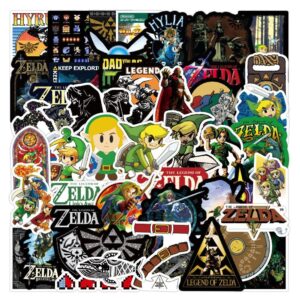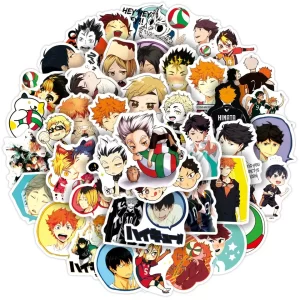With its trademark tough-but-fair difficulty and interconnecting world design, Dark Souls pioneered its own genre of RPG. Hallmarks of this “Souls-like” genre include punishing difficulty, an interconnected open world, and storytelling primarily through item descriptions and players must draw the connections. The newest contender in the “Souls-like” genre is Code Vein, a title from Bandai Namco Studios. Bandai Namco has until now only published the Souls series, so it makes sense for them to take a stab at the formula themselves. But how does the newcomer stack up against the originator?
Shifting Gears
First, some background on Code Vein. The game is being helmed by Hiroshi Yoshimura, the director of the first God Eater game and producer of God Eater 2.
After working on that series, Yoshimura-san wanted to work on a new series that was its own unique property. He also wanted to develop a game that factors in player opinion and input in regards to the design of the game. To quote Yoshimura-san: “For the God Eater franchise, we focused on the Japanese users and what their feedback was, but for Code Vein we’re looking worldwide – we want the feedback from everywhere, and we’ll try to create something that everyone will like.”

What About The Basic Mechanics?
Controls and mechanics are similar to a combination of Dark Souls and Nioh. There are familiar controls, such as guarding and parrying. However players use “gifts” by holding R2 and a face button. Similarly inspired, Instead of a bonfire players bloom “Mistle.” Players can rest at the “Mistle” as well as level up their character.
In regards to gameplay, the game moves at a pace closer to Lords of the Fallen than something like Bloodborne. There is a weight to weapons and movement that causes combat to feel a lot slower than Souls. Players dash by pressing R1 while moving, while dodging is by pressing Circle. Item pickup is also mapped to the X button, as is draining enemies of health.

Bloody Combat
The combat in Code Vein is much like the movement. It’s heavy and slower than its contemporaries. Every weapon swing feels like it’s an effort, and feels strongly like Lords of the Fallen‘s combat speed. Dodging, rolling, and attacking when there’s an opening is key in Code Vein, as enemies take away a lot of health with every hit. Stamina usage is also a critical part of combat as each action uses up a certain amount of stamina.
Players activate attacks by the Square and Triangle buttons for weak and strong attacks respectively. Strong attacks can be charged up for extra power as per Dark Souls 3 which is a nice addition. Players heal with a limited resource that they can set as a shortcut item. Much like Estus in Dark Souls, you can set it to your item bar.
Anime Souls
Code Vein has been described as “Anime Souls” by viewers after seeing trailers for the game. Certainly as aesthetic is concerned, that is a valid description. Environments feel dilapidated and abandoned, yet they have a visual pop to them courtesy of the anime style. From what We’ve seen there isn’t the decrepit feeling of the locales like Dark Souls. The art style allows more noticeably colorful areas, whereas Souls went for more muted tones.
Graphically speaking the game isn’t quite there yet, with low resolution textures on display for walls and environmental details in some instances. Dark Souls had this issue as well, although the art direction and design compensated. With such a stark difference in style, Code Vein may not be able to hide or gloss over those issues quite so easily. For detail and quality, one must look to the characters and their weapons. Characters are easily the most detailed things in the game, with their weapons being ornate and highly intricate, and the characters themselves standing out against the world design. That said, the characters are heavily anime-inspired. This clashes with the more realistic tone of the rest of the game.

Thoughts
Overall Code Vein wears its influences on its sleeve. It clearly derives a lot from its contemporaries, yet seeks to make its own way. The clash in design between the characters and the world may be a barrier to some, as will the slower combat speed. Currently it is a slower, bloodier Dark Souls with God Eater characters. If that’s the intention, then it passes with flying colors.
Read more from Hu Here!













